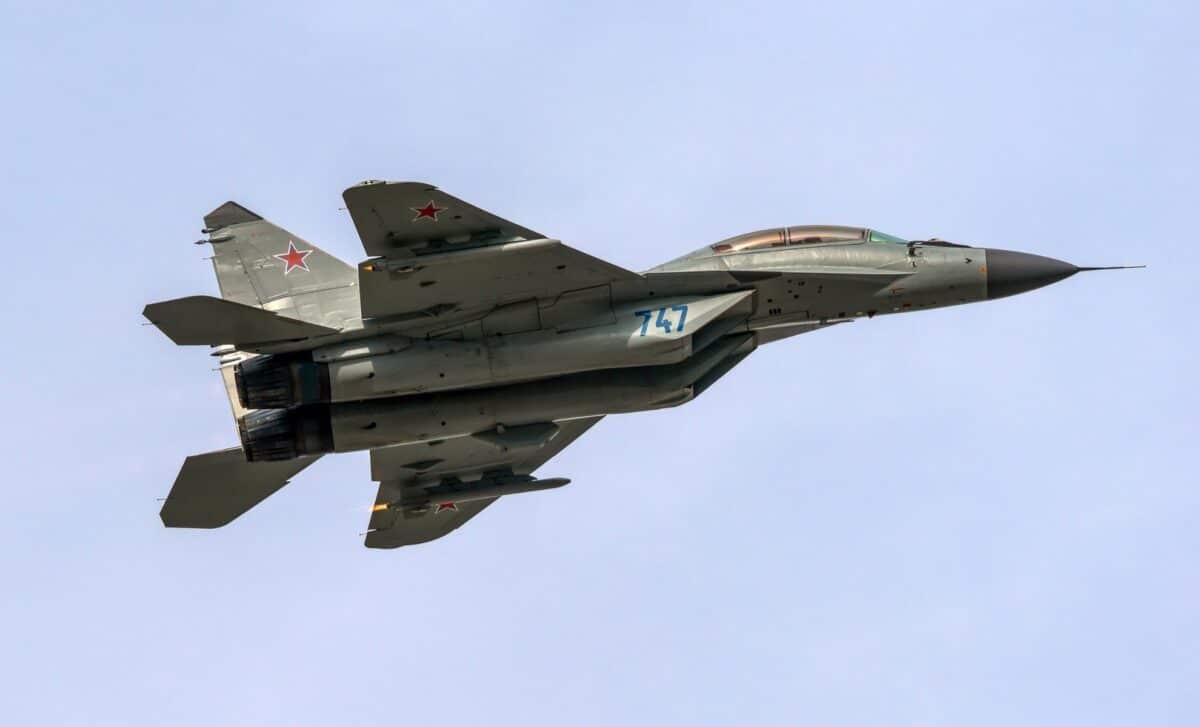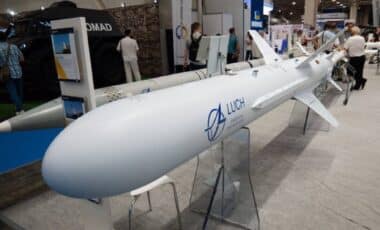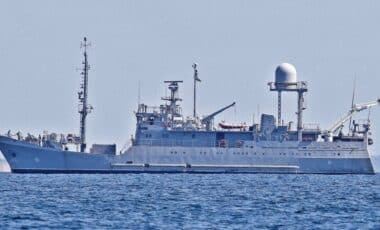When the Soviet Union introduced its MiG-29 fighter jet during the Cold War, it quickly became one of the most feared aircraft of its time. Capable of flying at speeds up to Mach 2.25, the MiG-29 was designed to rival the advanced US fighters of the era, specifically the F-15 Eagle and F-16 Fighting Falcon. However, despite its impressive specifications, the jet’s performance in combat did not always meet expectations.
The MiG-29, NATO-designated “Fulcrum,” emerged as a symbol of Soviet engineering and military ambition. The aircraft was developed to match the growing power of Western fighter jets, combining speed, agility, and a potent weapons payload. Introduced in the early 1980s, it remained a respected platform throughout the Cold War and beyond, with several of these jets still on display in the United States today. The story of the MiG-29 is one of both technological achievement and combat limitations, relay The National Interest.
South Korea Just Unveiled a Stealthy Drone That Could Sink Submarines Without a Crew
The Cold War Context of the MiG-29’s Development
As the Cold War intensified, the Soviet Union recognized the need to keep pace with the United States in terms of air superiority. The MiG-29 was born out of this necessity, developed by the Mikoyan Design Bureau to counter the growing threat of American fighters. According to reports, the Soviet military required a long-range, highly agile aircraft capable of reaching speeds in excess of Mach 2.0. This need was catalyzed by the US Air Force’s F-X fighter program, which laid the foundation for the F-15. The MiG-29 was designed to match these capabilities, and its speed and weaponry were key to its development.
The Soviet engineers succeeded in producing a platform that could fly at speeds of up to Mach 2.25, outpacing many of the non-supersonic platforms in its era. This speed gave the MiG-29 a distinct advantage in aerial combat, allowing it to close in on enemy aircraft before they could respond effectively. In addition to its speed, the MiG-29 was equipped with a formidable weapons load, including multiple air-to-air missile configurations. These features made it a potent adversary during the height of the Cold War.
MiG-29 Armament and Combat Performance
The MiG-29’s weapons system was one of its standout features, designed to deliver destruction at high speeds. Equipped with seven external hardpoints, the aircraft could carry a variety of missiles and munitions. It was capable of carrying up to two R-27 medium-range air-to-air missiles, six R-73 and R-60 short-range missiles, and four pods of unguided rockets. The R-27 missile, in particular, played a crucial role, with its ability to intercept targets moving at speeds of up to 3,500 km/h. According to Airforce Technology, this missile was available in two configurations, with one featuring infrared homing capabilities and the other using radar guidance.
Despite its impressive armament, the MiG-29’s performance in combat was not without its challenges. Syrian MiG-29s, for example, were outperformed in dogfights against Israeli aircraft during the late 1980s, suggesting that the Fulcrum did not always meet its expectations in real-world engagements. The reasons for these shortcomings remain a point of discussion, but it highlights the gap between theoretical capabilities and actual combat performance. This distinction between design and battlefield success has remained a critical aspect of the MiG-29’s legacy.
The Post-Cold War Legacy of the MiG-29
Following the collapse of the Soviet Union, the United States took steps to secure any remaining MiG-29 jets from the former Soviet bloc countries. Under the Nunn-Lugar Cooperative Threat Reduction plan, the United States worked to dismantle weapons of mass destruction, including nuclear-capable military equipment.
As part of this effort, the United States acquired 21 MiG-29s from Moldova. This acquisition was crucial to preventing these aircraft from falling into the hands of adversarial nations, such as Iran, which had shown interest in acquiring them.
The MiG-29s that the United States procured were mostly scrapped, but several remain on display at US military bases, serving as a reminder of the Cold War’s technological rivalry. The jet’s legacy also continues to shape the development of modern aircraft, with lessons learned from the MiG-29’s strengths and weaknesses influencing the design of subsequent fighter jets.








